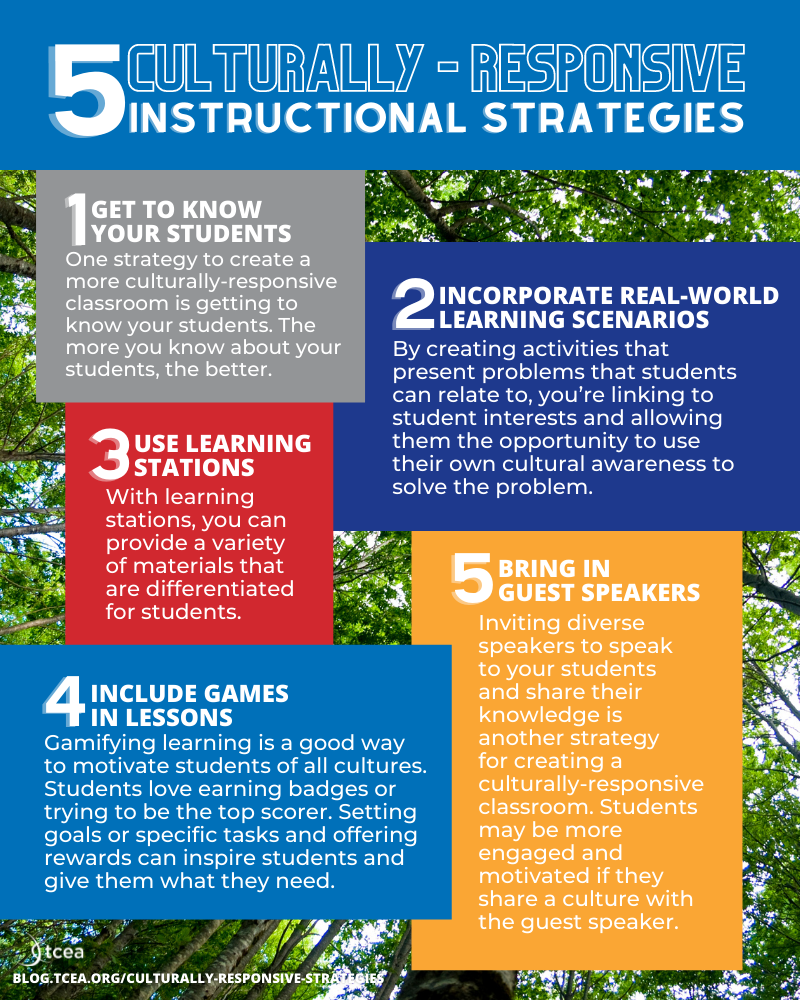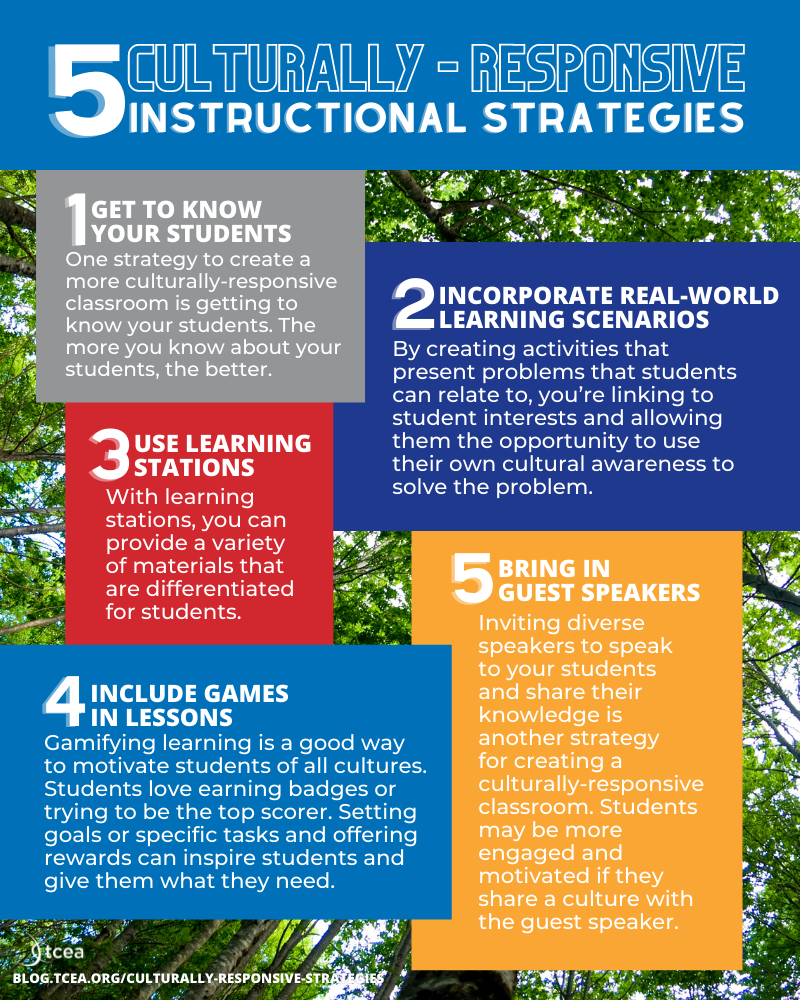“When a person is captivated, they don’t need to be held captive.”
This insightful quote by Michael Matera and John Meehan, co-creators of EMC², perfectly captures the power of gamification in education. Gamification describes the use of game elements such as points, competition, and rules of play in non-game contexts offers an engaging approach to capturing student attention in the classroom. It’s not necessarily about making students play games, but rather about harnessing the features of games that children love so much to create a more interactive way to motivate learners. Educators can easily incorporate gamification into everyday activities and reap the benefits!
Research Behind Gamification
Gamification and Visible Learning
As educators, we may ask how gamification could help in the classroom besides simply engaging students. There are real educational benefits to embedding game-like structures in our instruction. John Hattie, author of Visible Learning and Visible Learning: The Sequel, a synthesis of over 2,100 meta-analyses related to student learning and what drives student achievement. According to Hattie’s research, a beneficial teaching strategy will have an effect size of 0.4 or higher. This represents a year’s worth of growth for a learner. And while John Hattie does not specifically address gamification in his research, there are elements of gamification with high effect sizes on student achievement, such as feedback (0.5), cooperative learning (0.55), problem-solving (0.61), and retrieval practice (0.51).
In Gamification: Show Me the Evidence!, Ryan Stephans describes that direct connection between Hattie’s research and gamification, highlighting how key characteristics of gamification help support the learning environment. The article identifies several key elements of gamification such as scaffolding and assessing students’ prior knowledge and ability. Embedding game-like elements such as these into instruction provides structured support to help players progress and also assesses a player’s prior knowledge. These elements correlate to influential pedagogical practices identified by Hattie like personalized learning and providing a safe environment for students to learn from mistakes without fear of negative consequences.
*Please note that effect sizes and new influences are updated in Hattie’s research, but that the article’s effect size references have not been updated.
Gamification and the Bartle Test
Another thing we love about gamification is that it speaks to all students. In the Bartle Test, which “provides a framework for understanding the different ‘player types’ that engage in multiplayer games, focusing on the motivation of each type for undertaking play.” (Whitton, 2014), Dr. Richard Bartle classifies players into four categories — socialite, explorer, achiever, and killer — according to the behavior they will exhibit in games. Research shows that most students fall under the category of “socialite”. This helps to show that through gamification and providing an interactive classroom environment, you can engage the majority of your students.
How to Gamify Writing in the Classroom
Now that we’ve explored what gamification is and some of its potential benefits, let’s delve deeper into some practical ways you can gamify writing. Here are some of our favorite tech tools and activities that support these ideas!
Tech Tools for Gamification
1. Short Answer– Short Answer is a web-based platform that can help K-12 students improve writing skills through gamification and peer feedback and is built on solid pedagogical principles. It is easy, accessible, and free! According to founder Adam Sparks, “Artificial intelligence is here to stay, so we must incorporate short form, formative, targeted, in-class writing opportunities.” Sparks says the best way to describe Short Answer is Kahoot for writing. Timers, leaderboards, and peer voting are all gamified aspects of this platform.
Here is how it works: The teacher designs prompts and sets feedback criteria. The free version allows you to set three success criteria. Students then respond to prompts and engage in peer feedback through one of the built-in activities– All-In, Pair-It, or Battle Royale. The teacher can then guide discussions to highlight strong work and areas for growth.
Here are some Short Answer resources to get you started:
2. Curipod– Curipod enhances gamification with interactive quizzes, AI-generated challenges, and live participation features like polls, leaderboards, instant feedback, and peer-to-peer feedback. Students stay engaged through competition, collaboration, and creative learning experiences. Curipod’s number one learning principle is to “inspire students to be curious and flexible thinkers”. Many aspects of Curipod lessons are tied to gamification and help drive engagement, motivation, critical thinking, and support different learning styles.
Here’s how it works: Teachers can create or select already-built lessons with various interactive elements. Like many other platforms, students can join the session using a simple code and then the fun begins! Depending on the activity, elements like timers, polls, and real-time leaderboards help to gamify lessons while students interact with ideas from their peers or even with AI-generated feedback based on their response. Teachers can view activities in real time and use them to help guide class discussions. Some of our favorite activities are Convince the Evil AI Ruler, Vocabulary Meme Battle, and Feedback From a Historic Figure.
Here are some Curipod resources to get you started:
No-Tech Gamification Options
3. Candy Bar Challenge – Provide your students with a prompt and a list of candy bars to include in their writing about a topic. For example, they could write a summary on cultural features of Ancient Rome or physical features of South Asia. See who can get the most creative with writing about the skeletal system or different biomes. The students can be creative and so can teachers.
4. Story Dice – A great tool from Dave Birss, story dice allow you to give your students a prompt and ask them to use images from the site to write. Think about challenging students to tie in at least three images provided to what they learned in the previous lesson. Students get to use their creativity and will be challenged to create the most interesting story, but one that relates to the content.
5. Bracketology – Use a March Madness-style bracket to turn any concept, topic, or unit into a debate. You can make your bracket as large or small as you want and even reverse engineer this by completing the bracket ahead of time and having students take a stance on it. Just think of all the skills your students will put on display, like argumentation and strategic thinking!
There are so many options when thinking of gamifying the classroom. Truly, the sky’s the limit! And implementing gamified strategies can support classroom learning by helping to increase student engagement, motivation, and retention while providing students with an environment where it is safe to make mistakes. We hope you consider gamification in your classroom today!
Additional Resources:
Whitton, Nicola. Digital Games and Learning: Research and Theory. Routledge, 2014.

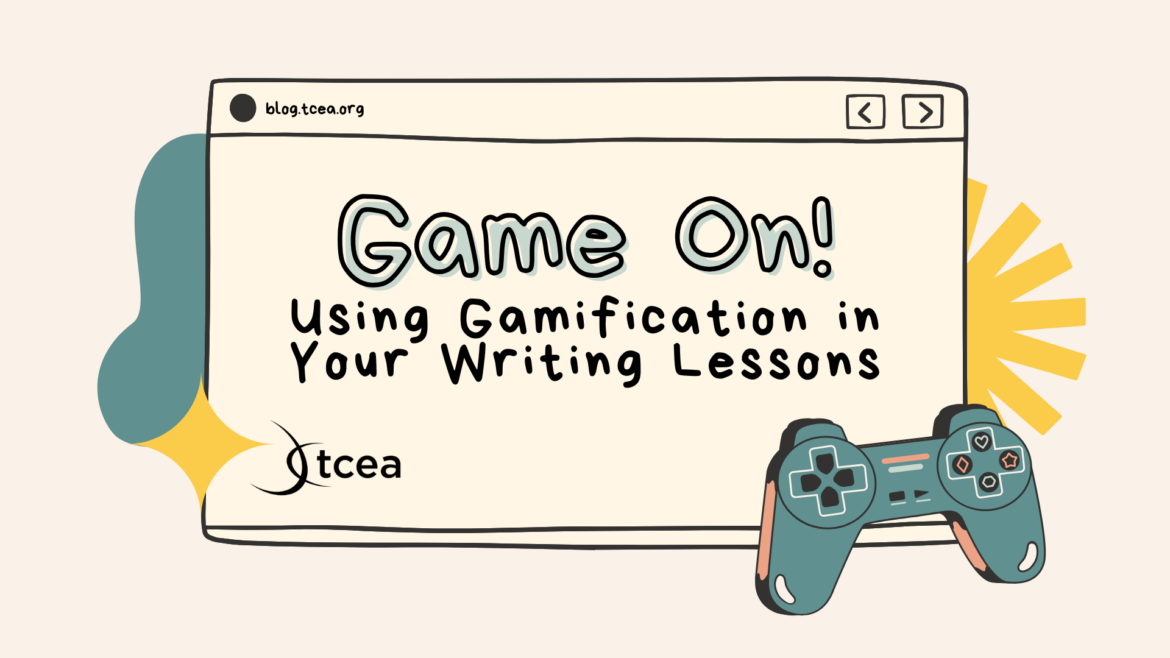
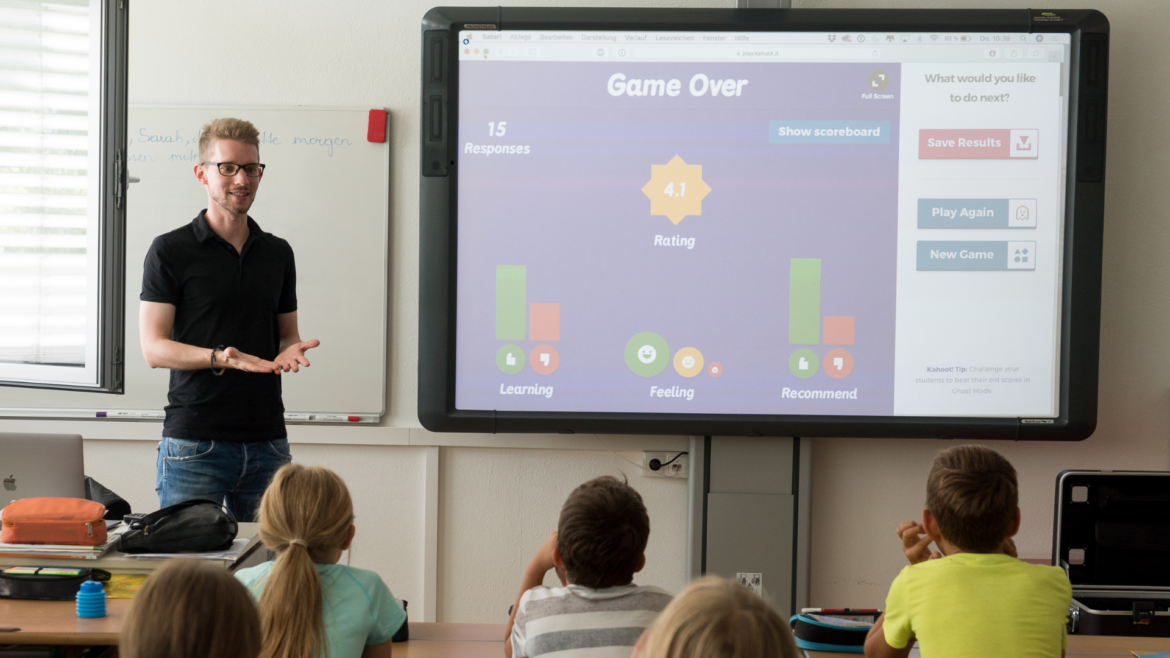
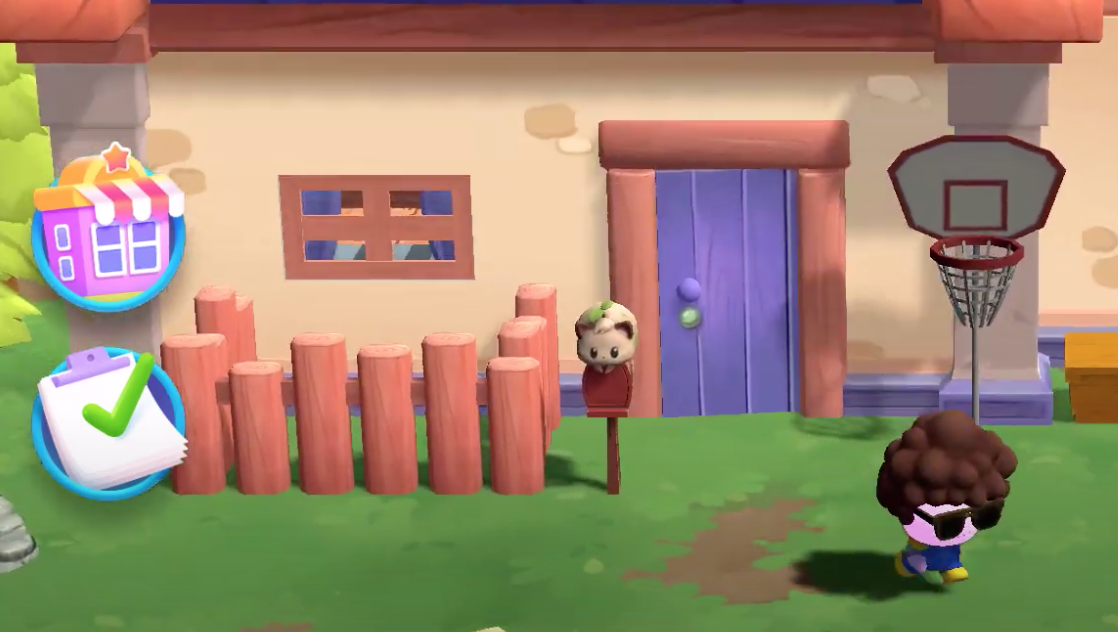
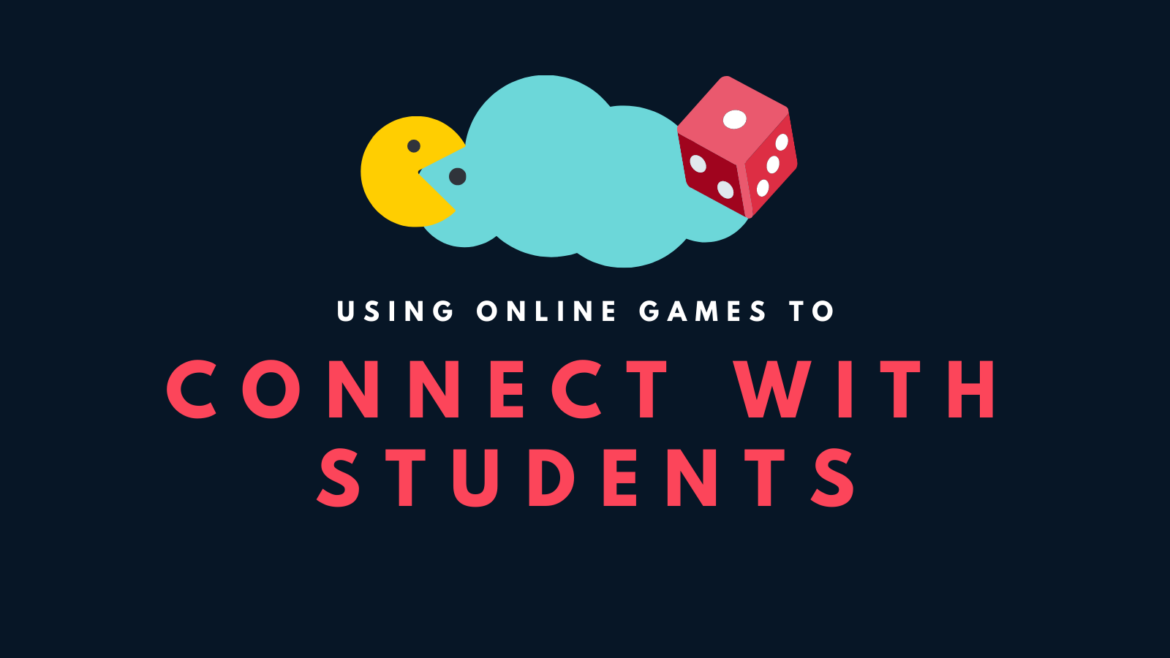

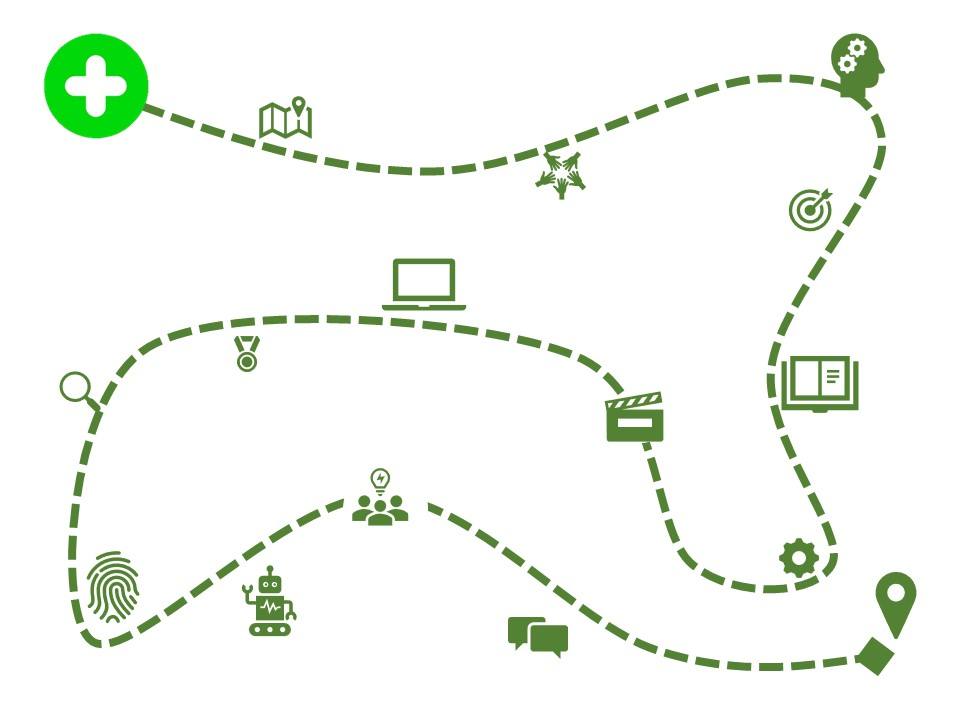
 Regardless of what you teach, your students will most likely respond well to an adventure of some kind as opposed to worksheets or traditional whole-group learning. So a fliphunt is perfect for your classroom. But, you might be asking yourself, “What is a fliphunt?” Designed by Kathi Kersznowski (
Regardless of what you teach, your students will most likely respond well to an adventure of some kind as opposed to worksheets or traditional whole-group learning. So a fliphunt is perfect for your classroom. But, you might be asking yourself, “What is a fliphunt?” Designed by Kathi Kersznowski (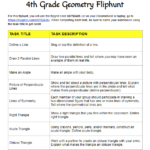
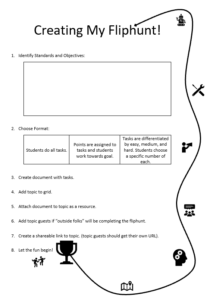
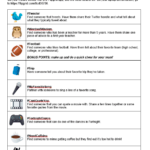
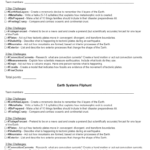


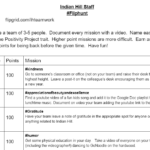




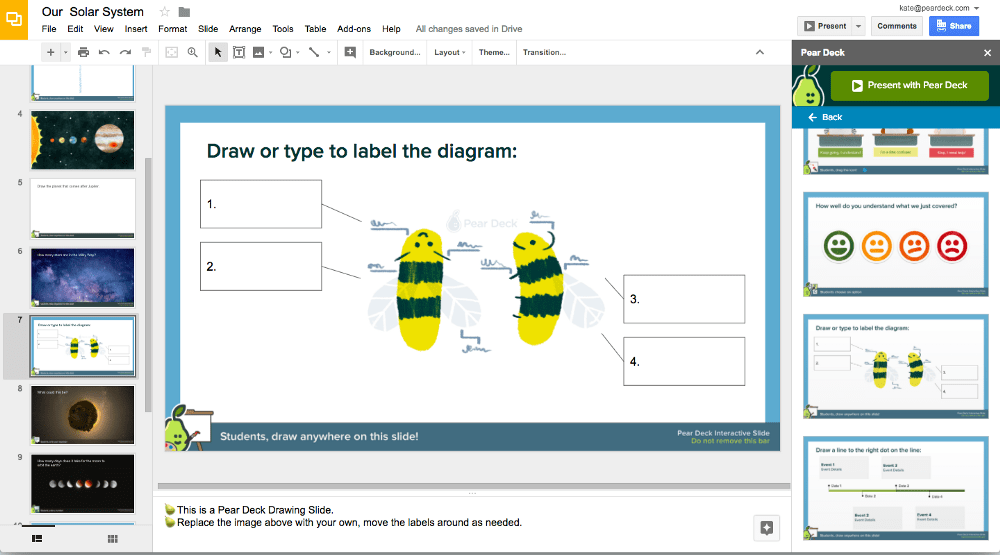 Pear Deck and G-Suite Are Perfect Partners
Pear Deck and G-Suite Are Perfect Partners
 that you should check out. It is a “classroom engagement platform” that brings gamification to learning easily via interactive lessons. The lessons can be accessed from any device, although they are easiest for the teacher to create using a laptop or desktop computer.
that you should check out. It is a “classroom engagement platform” that brings gamification to learning easily via interactive lessons. The lessons can be accessed from any device, although they are easiest for the teacher to create using a laptop or desktop computer.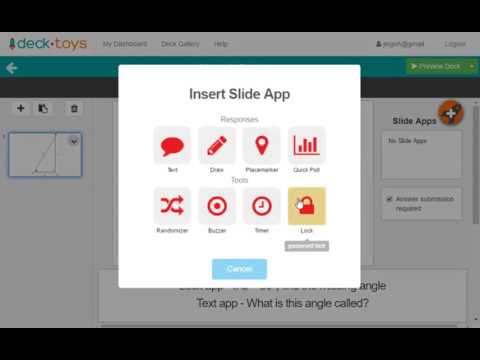
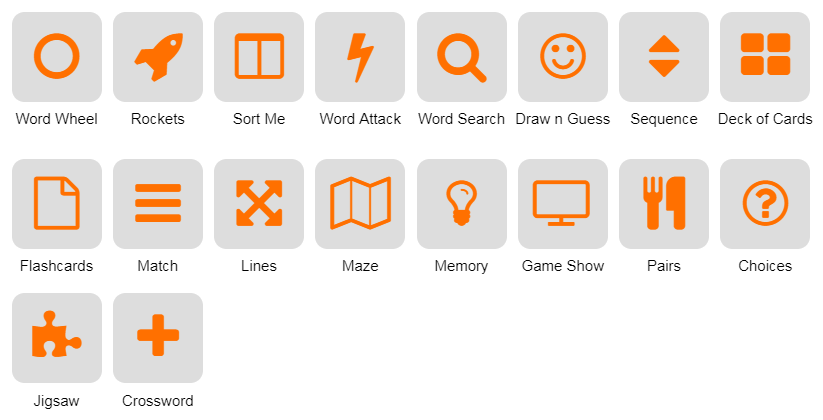
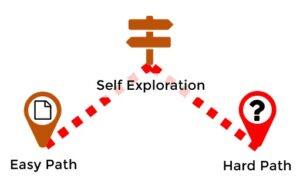 explore and choose their own paths and activities to complete. Students may gain mastery on the Study Sets by repetitive review and self-practice. When they are ready, they can collaborate or challenge another classmate in real-time.
explore and choose their own paths and activities to complete. Students may gain mastery on the Study Sets by repetitive review and self-practice. When they are ready, they can collaborate or challenge another classmate in real-time.
